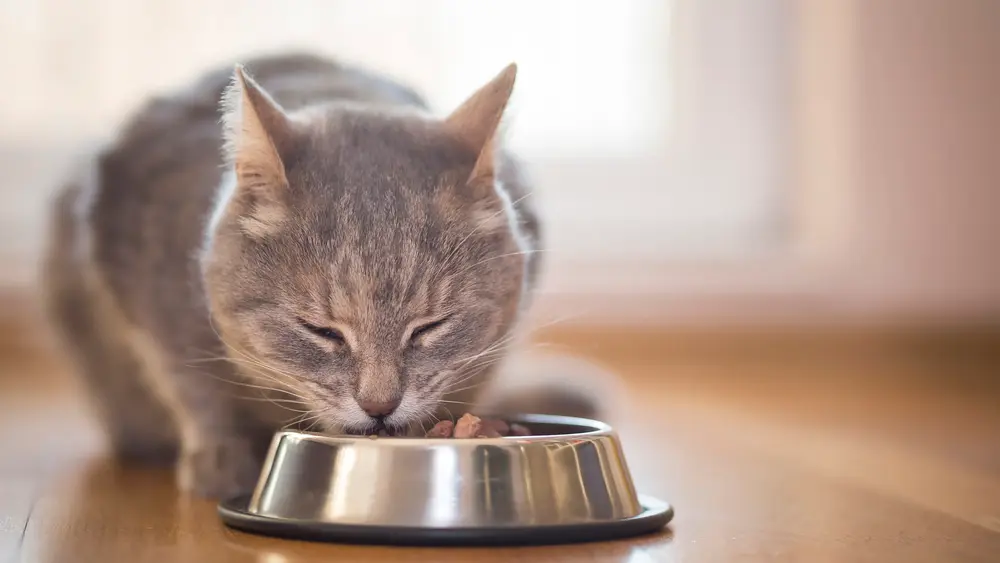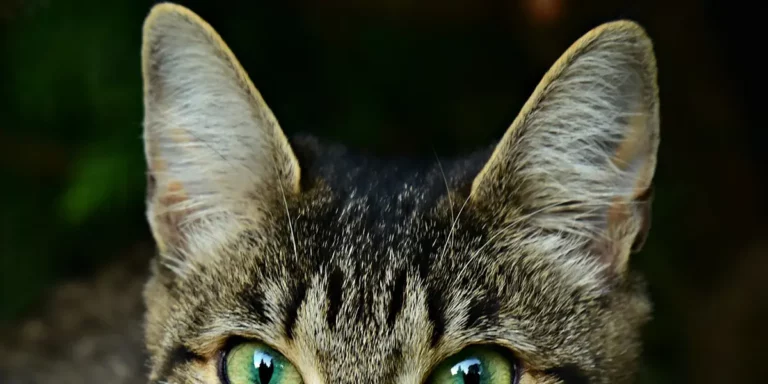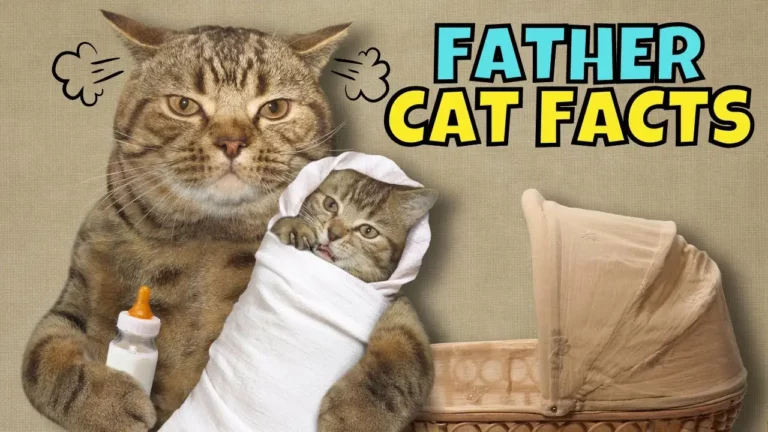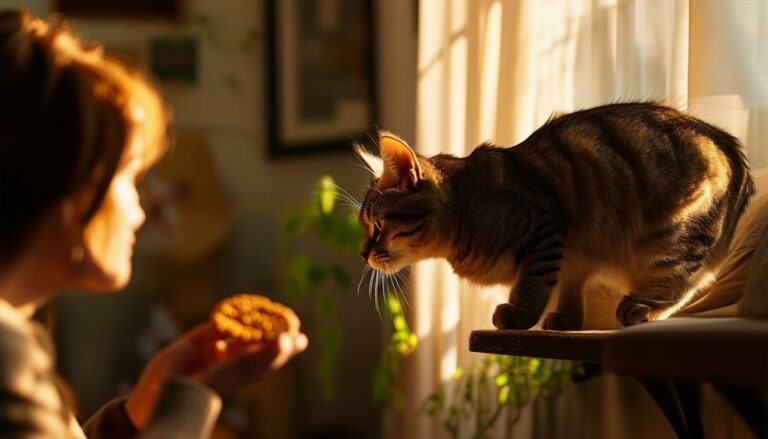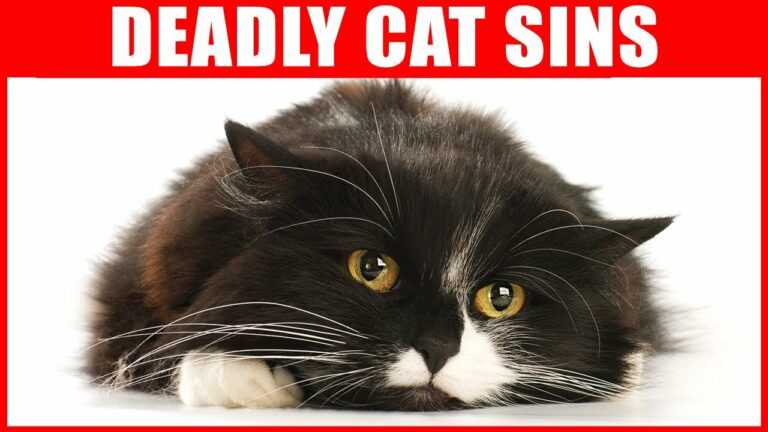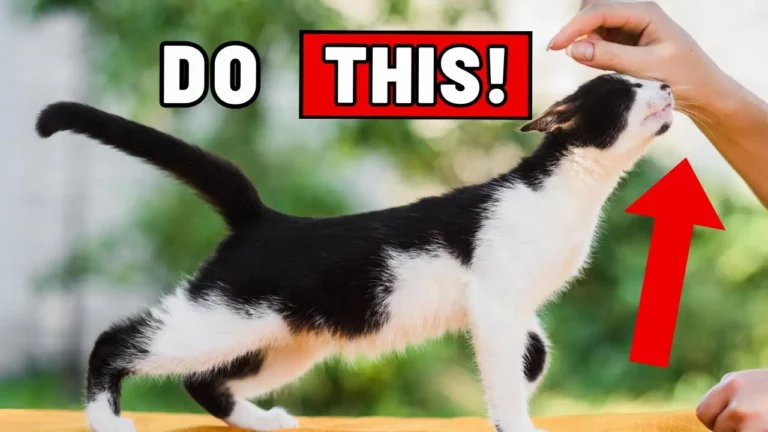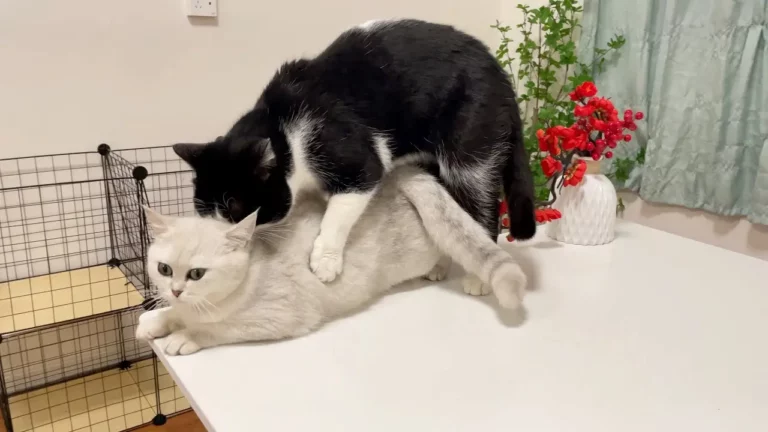Why Does My Cat Eat So Fast? Tips to Safely Slow Them Down
Have you ever observed your
While this behavior is common, it can sometimes lead to health concerns that shouldn’t be ignored.
From excitement at feeding time to underlying health issues, there’s a range of reasons why your feline friend might be rushing through their meals.
Let’s dive into the reasons behind this speedy eating and how you can help slow down your
Reasons Why Your Cat Is Eating Fast
When you notice your
Learning about all the reasons your
Addiction
Believe it or not, cats can develop a food addiction. This can stem from various factors, including boredom, loneliness, or depression.
Cats with food addiction may display overt signals of eagerness at meal times, such as meowing, chirping, or even engaging in aggressive behaviors to expedite the feeding process.
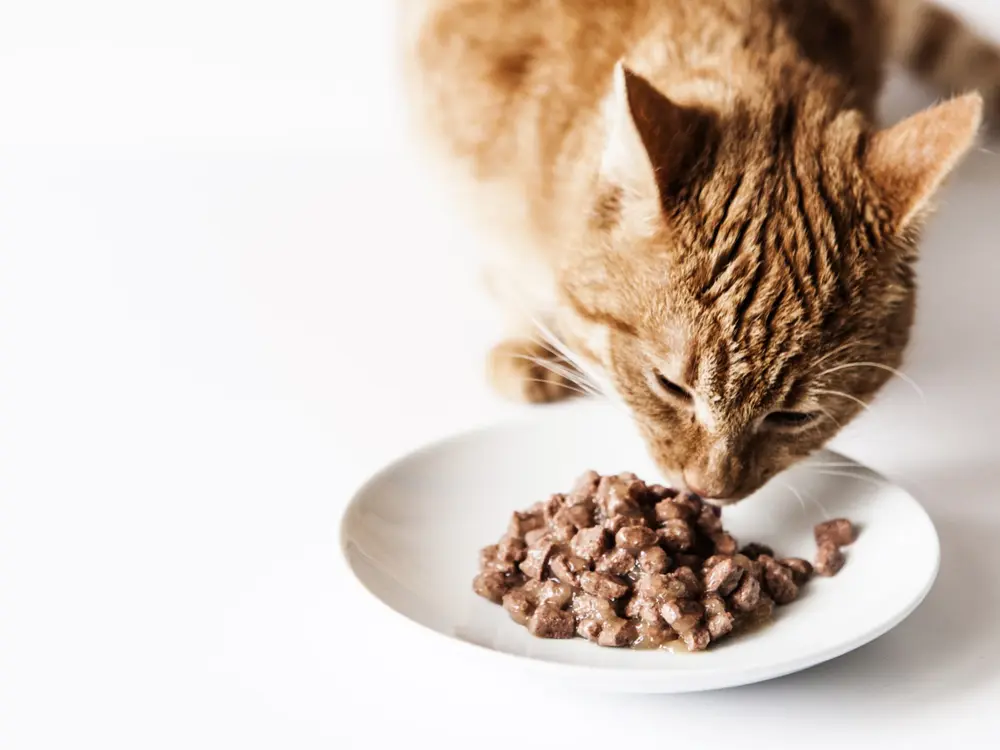
Furthermore, they might pester you for food. Recognizing these behaviors is critical to addressing your
Stress
Stress plays a significant role in your
Stress could be caused by changes in their environment, new additions to the household (like a dog), or even a lack of mental stimulation.
This emotional turmoil can lead to them eating quickly as a coping mechanism.
Lacks Of Nutrients
A surprising reason behind your
It’s easy to overlook the importance of a well-rounded diet that meets all your
Ensuring they’re getting the right amounts of vitamins, minerals, and proteins is essential for curbing excessive eating habits and promoting overall health.
Parasites
Parasitic infections can lead to an increased appetite because these unwelcome guests consume the nutrients that your
This can leave your
Health Issues
Eating quickly can be a symptom of diabetes or hyperthyroidism. These diseases can lead to your
If this type of behavior is uncommon for your
Territorial Eating
Many cats engage in territorial eating, and their rapid consumption of food is primarily driven by instinctual behaviors that are deeply rooted in the need to secure resources and protect their survival.
In a household with multiple pets, cats may eat quickly to prevent other animals from accessing their food.
This type of behavior also happens with cats who have spent time living on the streets or in a shelter, so you will need to be patient and careful with them.
Behavior Issues
Just like people, your cats can be impacted by a stressful situation or changes in the household, which can lead to them eating much faster.
If you are aware that your kitty has been exposed to some major changes in the past few months, you might want to take her to the vet to check if there is any other odd behavior occurring.
This can happen if they feel neglected and lonely or if there have been some changes in your household.
What Happens If Your Cat Eats Too Fast?
If you have seen your
When cats eat too fast, they might face a couple of uncomfortable outcomes, and understanding these can help you take steps to prevent potential health issues.
One immediate consequence of speedy eating is regurgitation.
I’ve noticed this when the expelled food looks mostly unchanged and is in a tubular shape, revealing it never reached the stomach but was instead compressed in the esophagus.
It’s clear the food was consumed so quickly there wasn’t enough time for proper digestion. This isn’t just messy—it can be a sign my
Furthermore, cats that overeat by rapidly consuming their meals may also vomit. Their stomachs have limited capacity, and when they overindulge, their bodies react by expelling the excess.
To mitigate this, I’ve learned that feeding my
To avoid the pitfalls of fast eating, I’ve turned to solutions like automatic feeders. These ingenious devices allow me to control precisely how much and how often my
This clever device is a game-changer for pet owners tired of feline food theft. With a press-to-lock top lid, it says a firm "no" to overeating and ensures your voracious cat can't raid the food supply. Worried about your furry friend tampering with the settings? Fear not! A handy control panel cover thwarts any accidental schedule disruptions caused by curious paws.
You will need to observe your
Once you identify what the problem is and realize how big of an impact it can have on your
How Do I Get My Cat To Eat Slower?
Finding my
Bowl Is Out Of The Picture
First, I scrapped the traditional bowl for feeding. Instead, I spread out my
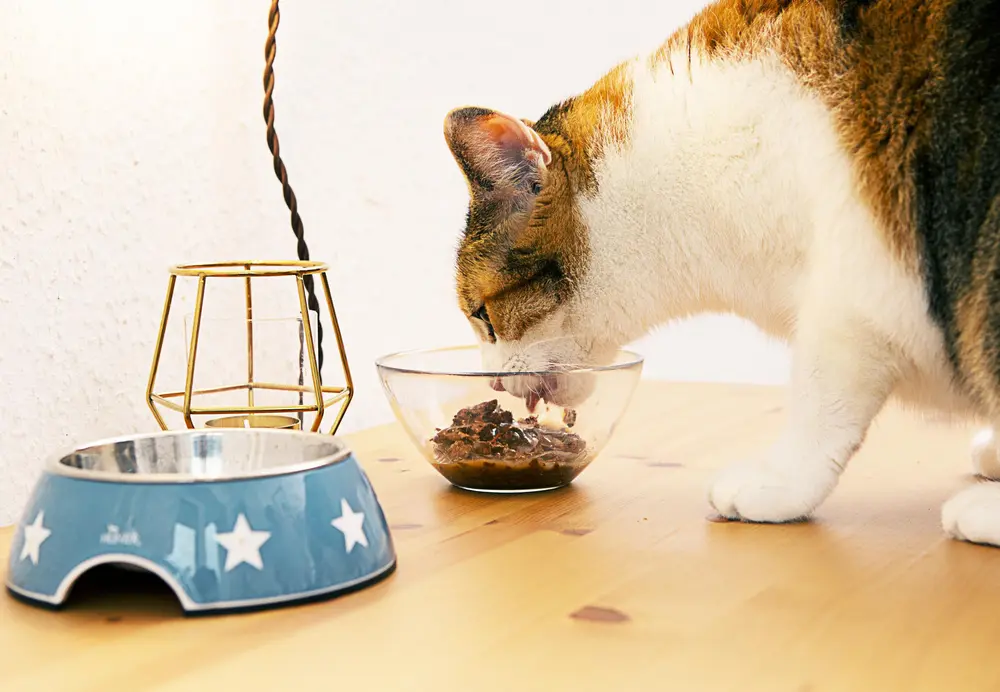
Adding Non-Edible Objects
For cats that still seem to inhale their food, I found that incorporating non-edible obstacles into their feeding routine could help.
Adding large, safe objects to their bowl that they have to eat around can further reduce their eating speed. There are even special bowls designed for this purpose, featuring projections or nubs that create a puzzle for my
Dive into fun with our stimulating cat puzzle feeder, a thrilling maze that teases your cat's brain with three levels of treat-hiding challenges, rewarding their curiosity and smarts.
It's the perfect pick for cat parents looking to turn mealtime into playtime, all while keeping everything securely in place with non-slip rubber feet.
Smaller Portions
Another technique I’ve adopted is feeding smaller portions throughout the day.
Instead of one or two large meals, breaking up their daily food intake into smaller, more manageable servings can prevent overeating and subsequent regurgitation. Not only does this help with their digestion, but it also keeps them satisfied throughout the day, reducing the urgency to eat quickly.
By implementing these strategies, I’ve noticed a remarkable difference in my
The instances of regurgitation have significantly decreased, and I can tell my
Wrapping Up
I’ve shared some tried-and-true methods to help your
By incorporating techniques like spreading their food on a baking pan or opting for obstacle bowls, you’re not just making mealtime more engaging but also promoting healthier eating habits.
Remember, the goal isn’t just to prevent regurgitation but to enhance your furry friend’s overall meal enjoyment and digestion.
Adopting these strategies can significantly improve your
